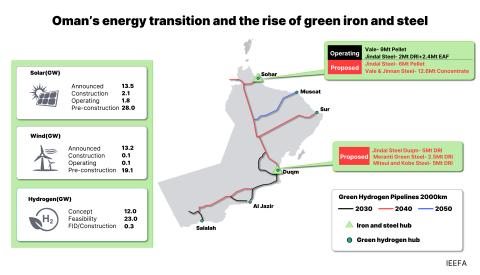Oil and gas industry ends 2023 with a weak comeback and a negative outlook
Download Full Report

Key Findings
The oil and gas industry comeback ends near the bottom of the stock market.
The $70 to $80 per barrel oil prices in 2023 could not match 2022’s war-driven spike of $125 per barrel.
Tighter scrutiny for debt markets puts climate promises by the oil and gas sector to the test.
Executive Summary
At the end of 2022 and into the first quarter of 2023, great news for the oil and gas industry was reported with enthusiasm. When 2022 record profits were announced in February 2023, the message was clear that the failure for most of the last decade was a thing of the past. There were banner headlines of a comeback.
During 2023 the message was underscored with reports of a new capital discipline—lower drilling and higher dividends. And, the comeback grew larger with Exxon’s $60 billion announced acquisition of Pioneer Natura Resources. Although there were indications of a cooling-off in production, the “oil is back” mantra continued throughout 2023.
The oil and gas industry claimed 2023 was a resounding success. It lifted the United States to a 21% market share, No. 1 among the world’s oil and gas producers. The United States pulled far ahead of Saudi Arabia (a 13% market share) and Russia (10%). One bullish analysis suggested the sector would dominate in 2024.
Despite the good news, however, the industry struggled. In February—when headlines touted the success of the industry—the oil and gas sector actually was near the bottom of the stock market (Figure I). The fact that the sector was sparring with the utilities and financial sector for last place in the market was totally overlooked. Frackers, later joined by the oil majors, managed to drag the sector down for the rest of the year.















